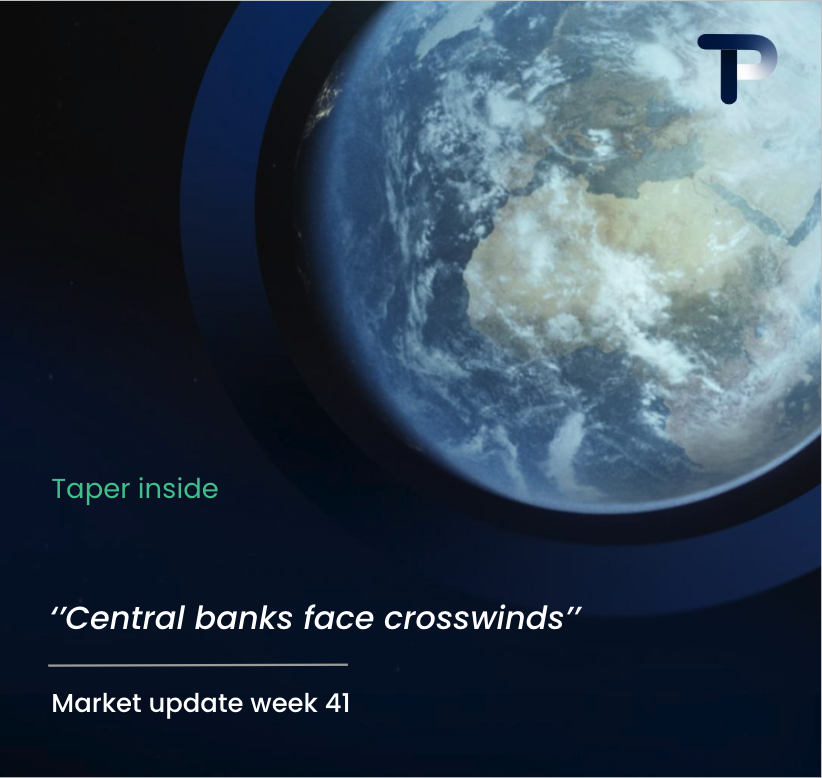Trade finance in 2025 serves as the financial backbone for international commerce, providing businesses with the funding, payment solutions, and risk management tools needed to conduct cross-border transactions safely and efficiently. Modern trade finance solutions encompass everything from traditional letters of credit and supply chain financing to innovative digital payment platforms and multi-currency accounts that streamline global operations.
Understanding trade finance in today’s global economy
Trade finance represents the collection of financial instruments and services that facilitate international trade between buyers and sellers across different countries. In 2025, this field has evolved significantly from traditional banking approaches to embrace digital innovation and flexible financing structures.
The modern landscape of international trade financing addresses three fundamental challenges: payment security, cash flow management, and currency risk mitigation. Unlike traditional banking that often involves lengthy approval processes and rigid structures, contemporary trade finance offers streamlined solutions that adapt to the fast-paced nature of global commerce.
Today’s trade finance ecosystem includes established banks, specialised fintech providers, and hybrid solutions that combine the security of traditional banking with the agility of modern technology. This evolution has made international trade more accessible to smaller businesses whilst providing sophisticated tools for larger enterprises managing complex supply chains.
The shift towards digitalisation has transformed how businesses approach international transactions, moving from paper-based processes to automated systems that provide real-time visibility and faster processing times. This transformation has become particularly relevant as businesses seek to optimise their working capital and maintain competitive advantages in global markets.
What is trade finance used for in international business?
Trade finance serves multiple functions in international business, primarily addressing the gap between when goods are shipped and when payment is received. This financing bridges the time lag inherent in cross-border transactions, ensuring smooth operations for both exporters and importers.
Import and export financing forms the cornerstone of trade finance applications. Exporters use these facilities to fund production and shipping costs before receiving payment from overseas buyers, whilst importers secure financing to pay suppliers before goods arrive and generate revenue. This arrangement enables businesses to maintain cash flow whilst fulfilling international contracts.
Letters of credit remain a fundamental application, providing payment guarantees that protect both parties in international transactions. These instruments ensure that exporters receive payment upon meeting specified conditions, whilst importers gain assurance that payment occurs only when contractual obligations are fulfilled.
Supply chain financing has emerged as a sophisticated application that optimises working capital across entire trade networks. This approach allows businesses to extend payment terms with suppliers whilst enabling those suppliers to receive early payment, creating mutual benefits throughout the supply chain.
Working capital management through trade finance helps businesses maintain operational liquidity whilst pursuing international opportunities. Companies can access funding based on their trade receivables, inventory, or purchase orders, providing flexibility to seize market opportunities without compromising daily operations.
How does trade finance help small and medium enterprises grow globally?
SME trade finance solutions specifically address the unique challenges faced by smaller businesses entering international markets. These companies often lack the extensive credit facilities available to larger corporations, making specialised trade finance solutions particularly valuable for their global expansion efforts.
Cash flow challenges represent one of the most significant barriers for SMEs in international trade. Trade finance provides pre-shipment and post-shipment funding that enables these businesses to fulfil large orders without straining their working capital. This support allows SMEs to compete for contracts that might otherwise be beyond their financial reach.
Currency risk management becomes accessible through trade finance solutions that include hedging instruments and multi-currency capabilities. SMEs can protect themselves against adverse exchange rate movements whilst maintaining competitive pricing in international markets. This protection proves particularly valuable for businesses operating on thin margins.
Access to new markets becomes feasible when SMEs can offer competitive payment terms to international buyers. Trade finance enables these businesses to provide extended payment periods or accept different payment methods, making their offerings more attractive to overseas customers who might otherwise work with larger suppliers.
Competitive positioning improves when SMEs can match the payment terms and financing options offered by larger competitors. Trade finance levels the playing field by providing smaller businesses with access to sophisticated financial tools previously available only to major corporations.
What are the modern digital trade finance solutions available in 2025?
Digital transformation has revolutionised trade finance, introducing solutions that combine traditional financial services with modern technology platforms. These innovations address the speed, transparency, and accessibility requirements of contemporary international trade.
Multi-currency IBAN accounts represent a significant advancement, allowing businesses to hold and transact in multiple currencies without maintaining separate banking relationships in each country. This capability simplifies international operations whilst reducing banking costs and administrative complexity.
Digital payment platforms have streamlined cross-border transactions through automated processing, real-time tracking, and competitive exchange rates. These platforms integrate with business systems to provide seamless payment experiences that rival domestic transactions in terms of speed and reliability.
Automated compliance systems address the complex regulatory requirements of international trade by incorporating know-your-customer procedures, sanctions screening, and regulatory reporting into digital workflows. This automation reduces compliance costs whilst ensuring adherence to international regulations.
Real-time transaction processing has transformed the speed of international payments, with many digital solutions offering same-day or next-day settlement for cross-border transactions. This improvement in processing speed enhances cash flow management and reduces the uncertainty traditionally associated with international payments.
Integrated financial management tools provide businesses with comprehensive dashboards that combine payment processing, currency management, and trade finance facilities in single platforms. This integration simplifies financial operations whilst providing better visibility into international trade activities.
Key takeaways: maximising trade finance benefits for your business
Successful utilisation of trade finance requires understanding which solutions align with your specific business needs and international trade patterns. The key lies in matching the right combination of traditional and digital tools to your operational requirements and growth objectives.
Strategic considerations for businesses entering global markets include evaluating your cash flow cycles, understanding your currency exposure, and assessing your customers’ payment preferences. These factors determine which trade finance solutions will provide the most value for your international operations.
Selecting the right trade finance partner involves examining their geographic coverage, technology capabilities, and understanding of your industry sector. The ideal partner combines competitive pricing with personalised service and the flexibility to adapt solutions as your business grows.
Risk management should remain central to your trade finance strategy, encompassing credit risk, currency risk, and operational risk. Modern solutions provide sophisticated tools to manage these risks whilst maintaining the flexibility needed for international growth.
Future-proofing your international operations means choosing global trade payments solutions that can scale with your business and adapt to changing market conditions. The most effective approach combines immediate operational benefits with long-term strategic advantages that support sustainable international expansion.
When evaluating trade finance options, consider providers like TaperPay that offer comprehensive solutions combining traditional trade finance expertise with modern digital capabilities, enabling you to focus on growing your business whilst we handle the complexities of international financial operations.
Frequently Asked Questions
How long does it typically take to set up trade finance facilities for my business?
The setup time varies depending on the complexity of your requirements and chosen provider. Digital trade finance platforms can often be set up within 1-2 weeks, while traditional banking facilities may take 4-8 weeks due to extensive documentation and approval processes. To expedite the process, prepare your financial statements, trade documentation, and business registration details in advance.
What are the most common mistakes businesses make when choosing trade finance solutions?
The biggest mistake is selecting solutions based solely on cost without considering functionality and scalability. Many businesses also underestimate their currency exposure or choose providers with limited geographic coverage for their target markets. Additionally, failing to integrate trade finance with existing accounting systems can create operational inefficiencies that offset financial benefits.
Can I use trade finance if my business has limited credit history or collateral?
Yes, many modern trade finance providers offer solutions for businesses with limited credit history. These may include invoice financing based on your customers' creditworthiness, supply chain financing programs, or trade credit insurance that reduces lender risk. Some digital platforms also use alternative credit scoring methods that consider your transaction history and business performance rather than traditional collateral.
How do I determine which currencies I should hold in my multi-currency account?
Focus on the currencies of your primary trading partners and markets where you conduct regular business. Typically, this includes major currencies like USD, EUR, and GBP, plus any regional currencies specific to your key markets. Consider transaction frequency, payment timing, and currency volatility when deciding. Most providers allow you to add currencies as your business expands into new markets.
What happens if my international customer defaults on payment when using trade finance?
Protection depends on the trade finance instrument used. Letters of credit provide strong protection as banks guarantee payment upon document compliance. For other solutions, consider trade credit insurance, which covers customer defaults, or work with providers offering recourse factoring. Many modern platforms also provide credit monitoring and early warning systems to help identify potential payment issues before they occur.
How can I integrate digital trade finance solutions with my existing accounting and ERP systems?
Most modern trade finance platforms offer API integrations or direct connections with popular accounting software like QuickBooks, Xero, or SAP. Look for providers that offer real-time data synchronization, automated transaction recording, and reconciliation features. This integration eliminates manual data entry, reduces errors, and provides better visibility into your international trade finances within your existing workflows.
What regulatory compliance requirements should I be aware of when using trade finance?
Key compliance areas include anti-money laundering (AML) procedures, know-your-customer (KYC) requirements, and sanctions screening for international transactions. You'll also need to comply with export/import regulations in relevant jurisdictions and maintain proper documentation for tax purposes. Choose providers with automated compliance systems that handle these requirements and provide audit trails for regulatory reporting.
Hi there! 👋 I see you're reading about multi-currency IBAN accounts for supply chain payments. Smart choice - these accounts can save businesses 2-4% on every international transaction!
What best describes your current situation with international supplier payments?
Which of these challenges are you currently facing with international payments? (Select all that apply)
What's driving your interest in multi-currency payment solutions? Tell us about your business goals or challenges.
Great! To help us understand your specific needs better, could you share more details about your international payment volume or any particular requirements?
Perfect! Let's connect you with one of our international payments specialists who can show you exactly how Taper's multi-currency IBAN accounts can save you money and streamline your supply chain payments.



